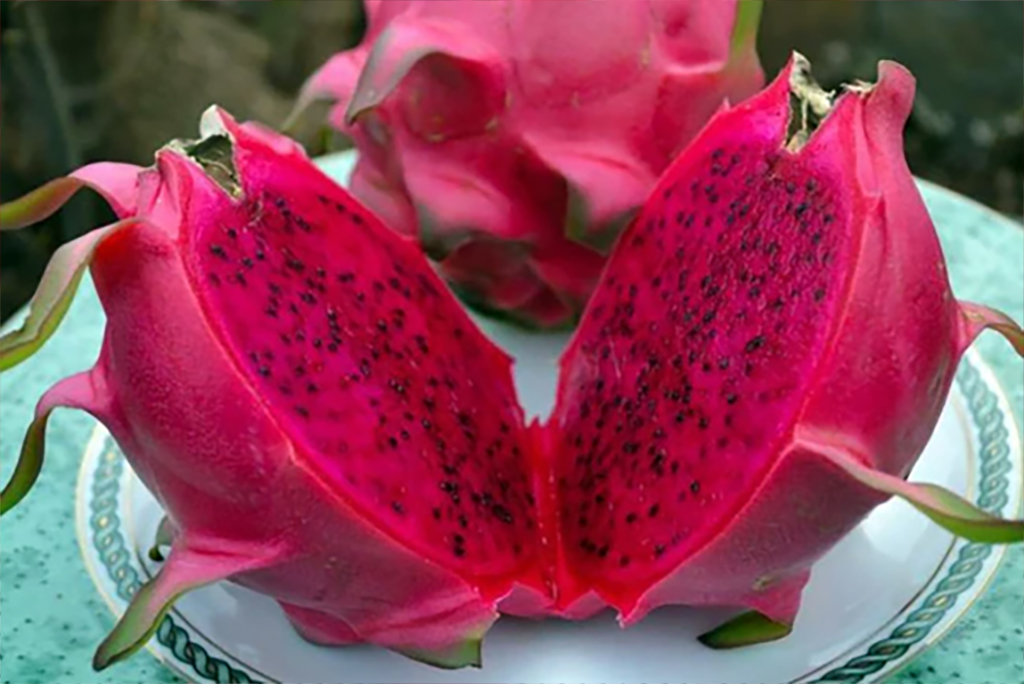In the ever-evolving landscape of agriculture, the quest for disease-resistant crops stands as a beacon of hope for growers seeking to mitigate the impact of pests and pathogens on their dragon fruit orchards. In this comprehensive exploration, we delve into the intricacies of disease- -resistance and their transformative potential in revolutionizing dragon fruit cultivation.
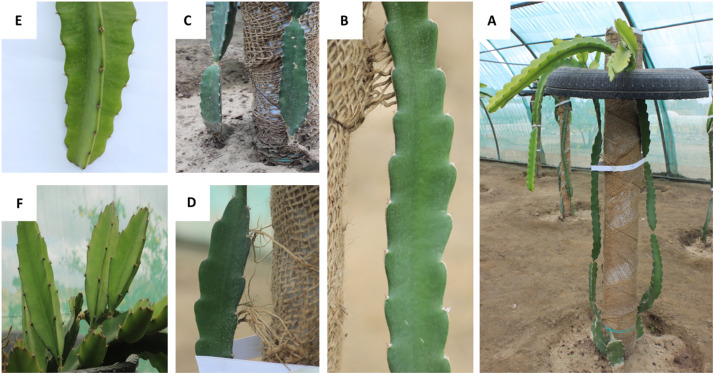
Understanding the Significance of Disease Resistance crops
Disease-resistant cultivars exhibit enhanced resilience against common diseases, reducing the need for chemical interventions and safeguarding the health and productivity of the orchard.
The Dynamics of Disease Resistance
Genetic traits often confer disease resistance on plants, enabling them to recognise and combat pathogens effectively. Disease-resistant crops possess genetic variations that bolster their immune response, enabling them to fend off diseases more effectively than conventional varieties.
The Evolution of Disease-Resistant Cultivars
In response to the growing demand for sustainable agricultural practices, breeders and researchers have dedicated efforts to develop disease-resistant dragon fruit. Through meticulous breeding programmes and selection processes, they aim to identify and propagate plants with superior disease-resistant traits.
Selecting for Disease Resistance Traits
Breeders prioritise traits such as fungal resistance, tolerance to bacterial infections, and resilience against environmental stressors when selecting parent plants for breeding programmes. They identify candidates with the highest potential for disease resistance through rigorous testing and evaluation.
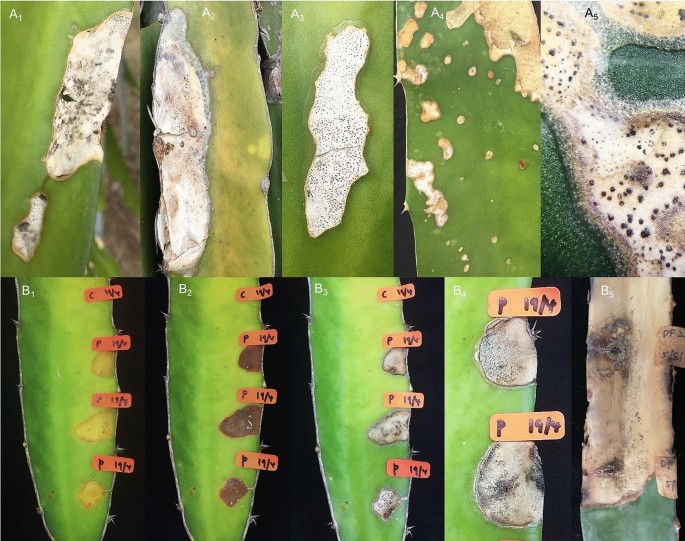
Common Diseases Targeted by Disease-Resistant crops
Anthracnose (Colletotrichum spp.)
Anthracnose is a fungal disease that affects dragon fruit plants, causing dark lesions on stems and fruits. Disease-resistant crops are bred to withstand anthracnose by possessing genetic traits that inhibit fungal growth and spread.
Bacterial Soft Rot (Erwinia spp.)
Bacterial soft rot is a devastating disease that can lead to the rapid decay of dragon fruit tissues. Disease-resistant fruits exhibit heightened resistance to bacterial infections, reducing the risk of soft rot and preserving fruit quality.
Powdery Mildew (Oidium spp.)
Powdery mildew is a common fungal disease characterized by white, powdery growth on leaves and stems. Disease-resistant cultivars are bred to resist powdery mildew by deploying mechanisms that inhibit fungal colonisation and proliferation.
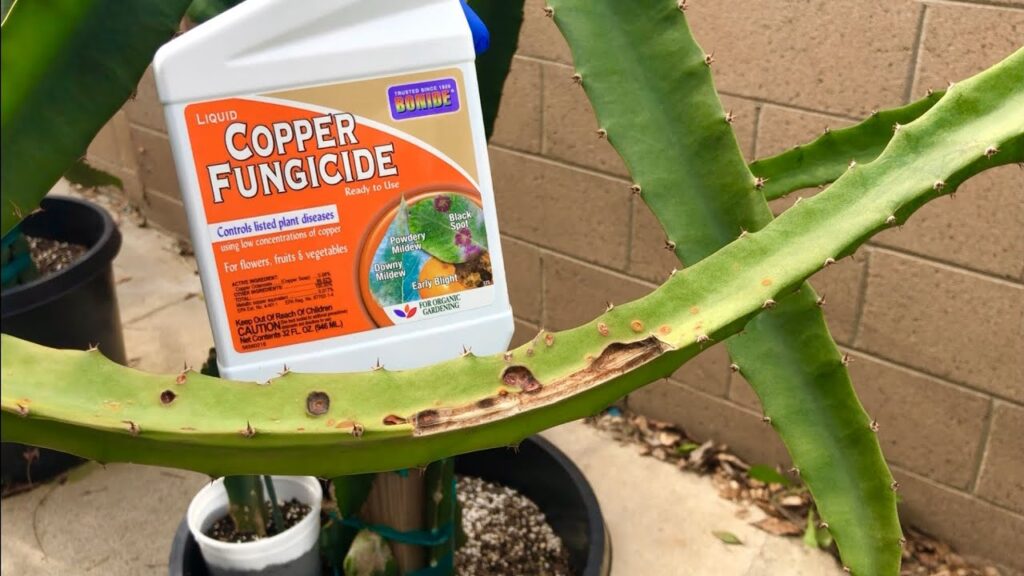
Advantages of Disease-Resistant Cultivars
Reduced Dependency on Chemical Pesticides
By planting disease-resistant crops, growers can reduce their reliance on chemical pesticides, promoting environmental sustainability and minimising the risk of pesticide residues in fruits.
Increased Yield and Fruit Quality
Disease-resistant cultivars are often associated with higher yields and superior fruit quality compared to susceptible varieties. By mitigating the impact of diseases, these cultivars ensure a more consistent and bountiful harvest.
Long-Term Orchard Health and Sustainability
Investing in disease-resistant cultivars promotes long-term orchard health and sustainability. By cultivating plants with inherent disease resilience, growers can minimise crop losses and optimise resource utilisation over successive growing seasons.
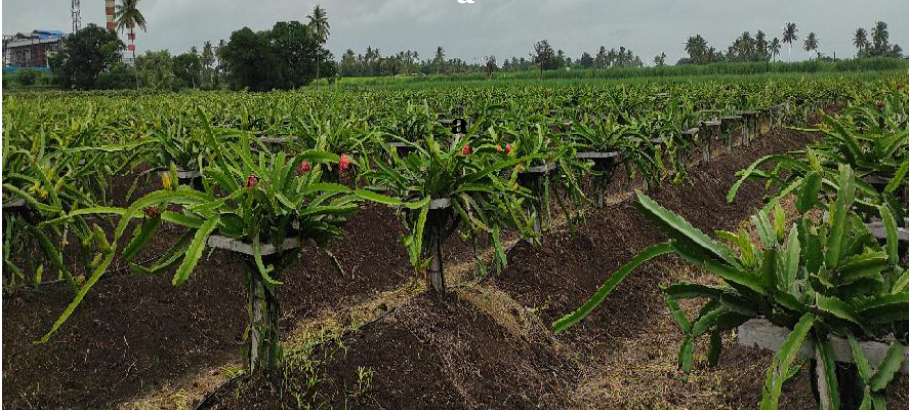
Selecting Disease-Resistant Cultivars for Your Orchard
Consulting with Agricultural Experts
Seeking guidance from agricultural experts and extension services can help growers identify disease-resistant cultivars suited to their specific growing conditions and disease pressures.
Researching Cultivar Performance
Conducting thorough research on the performance of cultivars in different growing regions enables growers to make informed decisions about cultivar selection and orchard management practices.
Observing Local Conditions
Understanding local disease dynamics and environmental factors is crucial for selecting disease-resistant organisms that thrive in specific microclimates and soil conditions.
Conclusion: Embracing the Promise of Disease Resistance
In conclusion, the emergence of disease-resistant crops heralds a new era of resilience and sustainability in dragon fruit cultivation. By harnessing the power of genetic diversity and selective breeding, growers can fortify their orchards against the ravages of diseases, ensuring a brighter and more prosperous future for dragon fruit production. As the agricultural landscape continues to evolve, the adoption of disease-resistant cultivars represents a steadfast commitment to innovation, stewardship, and the relentless pursuit of excellence in agriculture.
